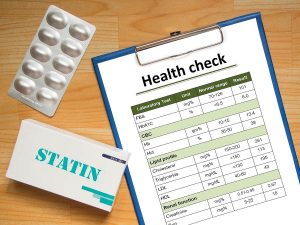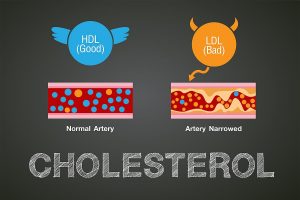
Fathers-to-be who expose their pregnant partners to secondhand smoke put their babies at risk of heart defects, researchers warn. For the new study, investigators in China reviewed 125 studies that included a total of nearly 9 million prospective parents and more than 137,000 babies with congenital heart defects. All types of parental smoking were linked to an increased risk of these birth defects, the analysis found. Compared to no smoking exposure, the increased risk was 124 percent for women exposed to secondhand smoke while pregnant, 74 percent for men smoking, and 25 percent for women smoking. “Fathers are a large source of secondhand smoke for pregnant women, which appears to be even more harmful to unborn children than women smoking themselves,” said study author Jiabi Qin of Central South University in Changsha, China. “Fathers-to-be should quit smoking,” Qin said in a news release from the European Society of Cardiology. The overall risk with all types of parental smoking was greater when the analysis was restricted to Asian groups, the study authors noted. Women’s exposure to secondhand smoke was dangerous throughout pregnancy — and even before, according to the report. While those who smoked before getting pregnant had no added risk, those who smoked during pregnancy were more apt to give birth to a child with a heart defect. Specifically, smoking while pregnant was associated with… read on >






















-300x200.jpg)













